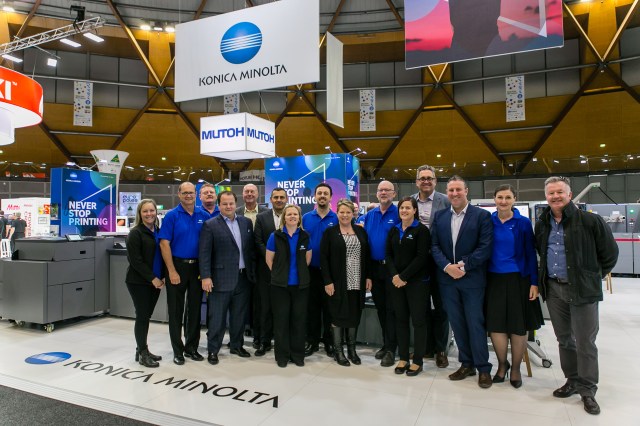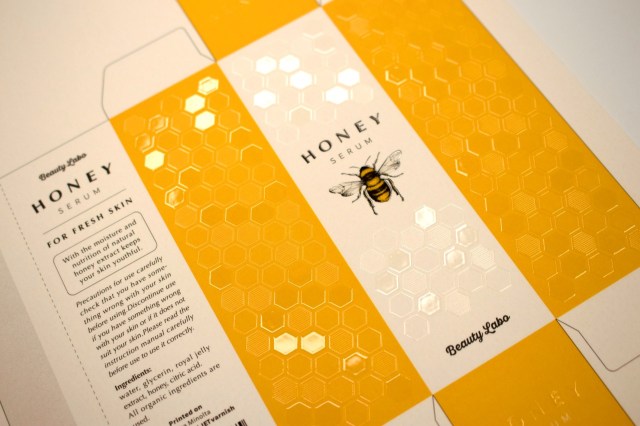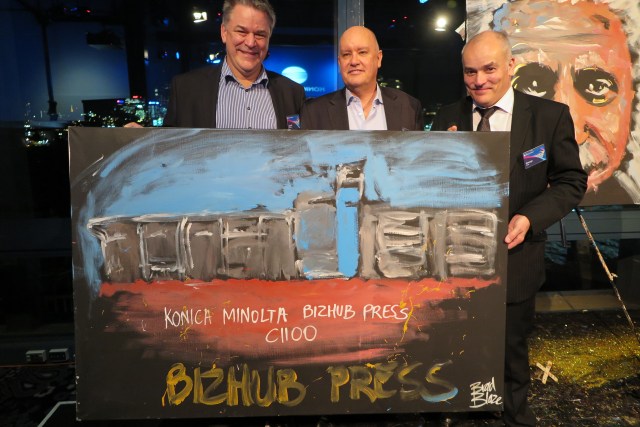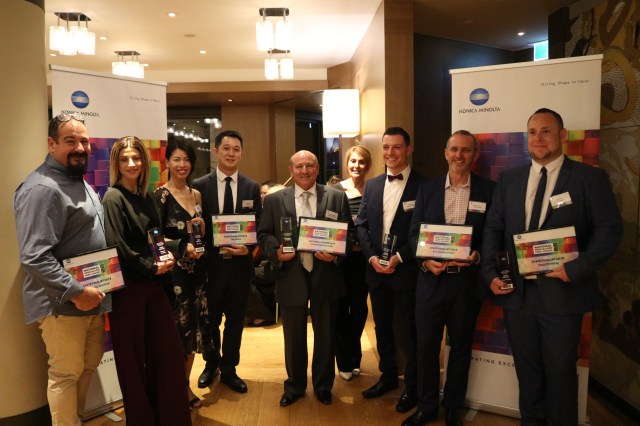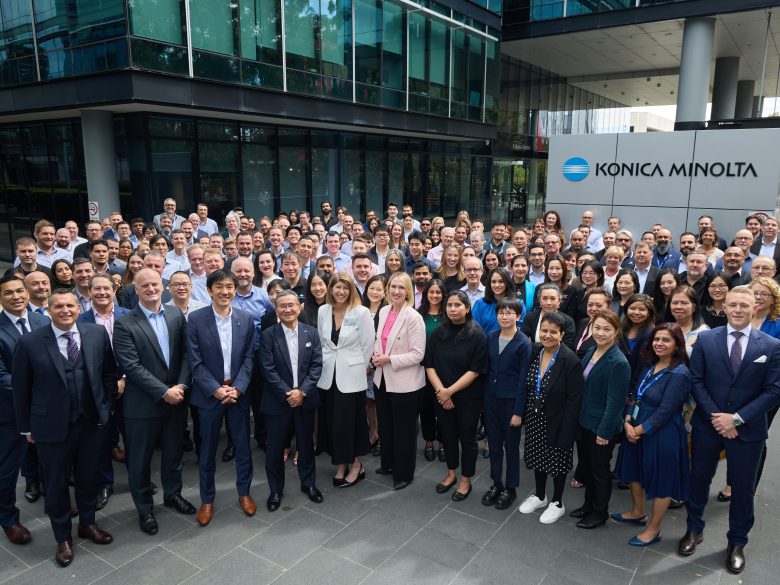
This article first appeared in the November issue of Australian Printer.
Konica Minolta president and CEO, Toshimitsu Taiko, recently visited Australia and discussed investments in new areas of technology for the company, including Artificial Intelligence (AI) and Dry Ink.
Taiko said Konica Minolta will be differentiating itself from its competition by maximising productivity and minimising downtime for customers using unique technology innovation as well as more automated processes.
“Productivity means minimising the downtime of the machine and improving the throughput of the machine. This is not just the case in Australia and New Zealand – it is a global trend. It is important to detect failures automatically and provide feedback to the machine simultaneously,” he said.
“We receive a lot of information and data from our machines, but this has not been fully utilised to minimise downtime to date. Moving forward, we will be analysing that data and using AI to further support our customers.
“We also use AI in our research and development as well as manufacturing processes and we also use it in the field. Previously in software development, the higher the number of lines in the software, the higher the number of mistakes that could happen. But now with AI – the number of lines doesn’t matter as AI will program the software itself reducing development time. We have noticed there is already fewer errors happening in our research and development areas through the use of AI.
“Technology like ChatGPT can also be used for both images and words. We can use this technology for our user service manual – so that if something happens to the machine the customer can more easily detect what is wrong in both images and in text instead of waiting for a technician to arrive onsite.
“With analogue technology there is so much environmental waste through paper and water, but now through digital and inkjet technology we can minimise the waste. We also have Dry Ink technology under development for industrial printers used in the textile industry in other countries – we hope this will come to the market within two or three years – and with this we will be able to experience waste-free printing.
“Within the Konica Minolta group, we also have access to unique features within another business unit providing us with sensing technology that is fully utilised across our Industrial Print (IP) and Production Print (PP) and is exclusive to our products.
“Also – a product like the IQ-501, which is standard on our AccurioPress C14000, is a smart closed-loop system that automates image position, registration and colour control. This eliminates the need for skilful technicians to constantly adjust paper within the machines that can shrink or lengthen depending on temperature and humidity.”
Taiko also identified the difficult challenges presented by competition in the IP and PP markets as most manufacturers are generally developing very similar machines with similar features and functions.
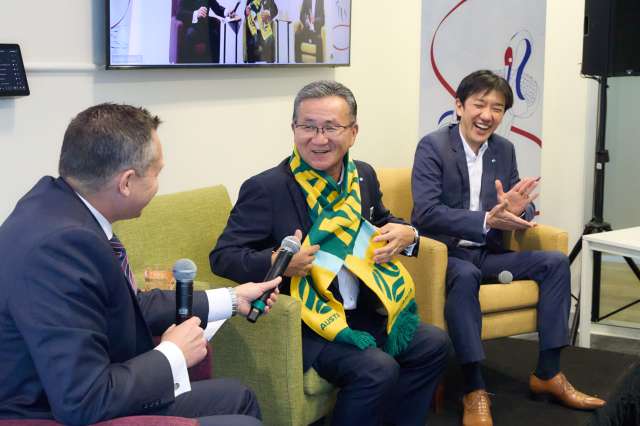
“The challenge for Konica Minolta is not the industry, but competitors. Everyone is looking for growth opportunities in PP and IP areas – competition itself is getting tougher in a crowded market; however, we see the digital category as a growth market over the analogue market,” he said.
“Each investment in the commercial printing area is relatively large and it takes time to develop stable technology. We believe that by using the experiences we have had with our customers makes an important difference.
“For example, we have B2 Inkjet machines for industrial use and although there are competitors in this space we have not stepped away from this segment. At drupa this year in Germany one of our competitors unveiled a B2 press with water-based ink.
“Interestingly ours is a UV inkjet, and our machine is six metres long, while the competitor’s machine is 30 metres long. That difference is based on almost nine years of experience with our customers
to understand their needs.
“We also see a big opportunity in the switch from analogue to digital printing technology. Over the next five or 10 years – which is not a long journey for the printing industry – surely more digitalisation will happen. That’s why starting April 2022, we set three-year, mid-term plans to invest in PP and IP
– and we will continue to invest in both inkjet and toner technologies as we believe that combination is very important.”
Comment below to have your say on this story.
If you have a news story or tip-off, get in touch at editorial@sprinter.com.au.
Sign up to the Sprinter newsletter

